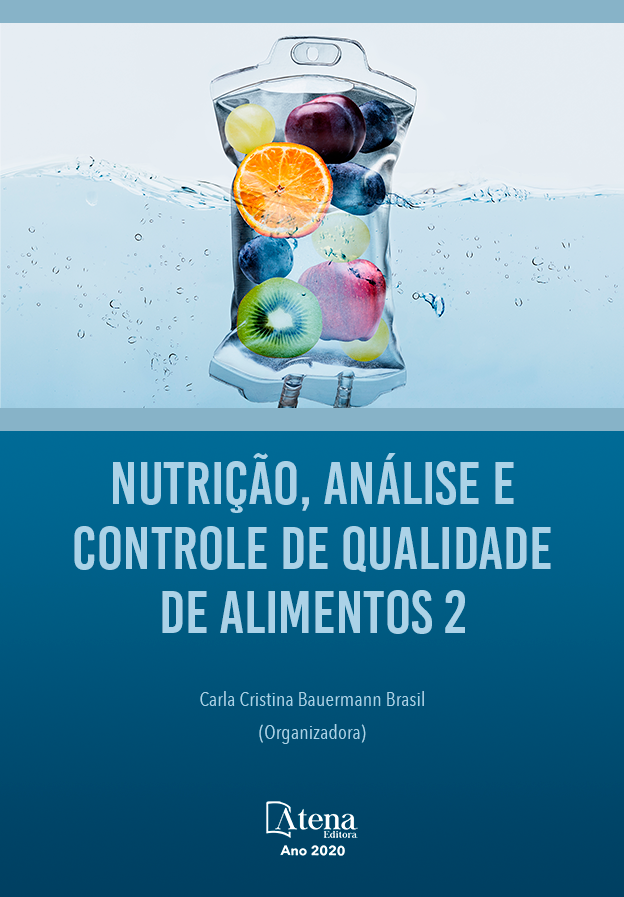
COMPOSIÇÃO FÍSICO-QUÍMICA DE FRUTOS DE BANANA IN NATURA E DESIDRATADA
O processamento de frutos in natura pode ser considerado uma opção para minimizar as perdas pós-colheita, aumentando seu tempo de prateleira e agregando valor ao produto. Este trabalho teve como objetivo avaliar as características físico-químicas de frutos de diferentes cultivares de banana (Musa spp.) in natura e desidratados. Foram avaliados polpa e casca dos frutos das cultivares Ambrósia, Bucaneiro e Calipso. Os frutos foram analisados in natura e desidratados. A polpa foi avaliada em dois tipos de corte: transversal e longitudinal. A secagem foi realizada em estufa a 60ºC, por 48 horas. Foi analisada a composição centesimal em umidade, carboidratos, proteínas, lipídios, fibras e cinzas. A polpa do fruto da cultivar Bucaneiro apresentou aporte energético mais elevado que as demais. Na polpa da cultivar Calipso verificou-se maior teor de umidade e fibras. Em relação aos diferentes cortes, foi encontrada diferença significativa na quantidade de proteína e energia bruta e o corte transversal apresentou valores mais elevados para ambas. Nas cascas, o teor de carboidratos, fibras e cinzas não diferiu entre as cultivares. A cultivar Bucaneiro apresentou maior quantidade de nutrientes avaliados e menor umidade. Conclui-se que a cultivar Bucaneiro possui o melhor valor nutricional entre as cultivares estudadas tanto in natura quanto desidratada.
COMPOSIÇÃO FÍSICO-QUÍMICA DE FRUTOS DE BANANA IN NATURA E DESIDRATADA
-
DOI: 10.22533/at.ed.92420271013
-
Palavras-chave: Musa spp., composição centesimal, secagem
-
Keywords: Musa spp., centesimal composition, drying
-
Abstract:
Raw fruits processing may be considered an alternative to reduce the post-harvest losses, increase shelf life and add value to the products. The objective of this study was to evaluate the physicochemical characteristics of different banana (Musa spp.) cultivars fresh and dried. It was evaluated the pulp and peel of the fruit of Ambrósia, Bucaneiro and Calipso cultivars. The fruits were analyzed fresh and dried. The pulp was evaluated in two types of cutting: transversal and longitudinal. The drying was accomplished in a ventilated oven at 60°C, for 48 hours. The centesimal composition analyzed was moisture, carbohydrates, proteins, fats, fiber and ash. The pulp of Bucaneiro cultivar presented the highest energy value. The Calipso cultivar presented the highest quantity of fiber and moisture. In relation to the different cuts, a significant difference was found in the amount of protein and crude energy and the tranversal showed higher values for both. In the peel, the carbohydrate, fiber and ash values were similar among the three varieties. The Bucaneiro presented the highest quantity of nutrients evaluated and lower moisture. It is concluded that Bucaneiro cultivar has the best nutritional value among the three varieties analyzed fresh and dried.
-
Número de páginas: 13
- Viviani Ruffo de Oliveira
- Thiago Perito Amorim
- Edson Perito Amorim
- Maitê de Moraes Vieira


